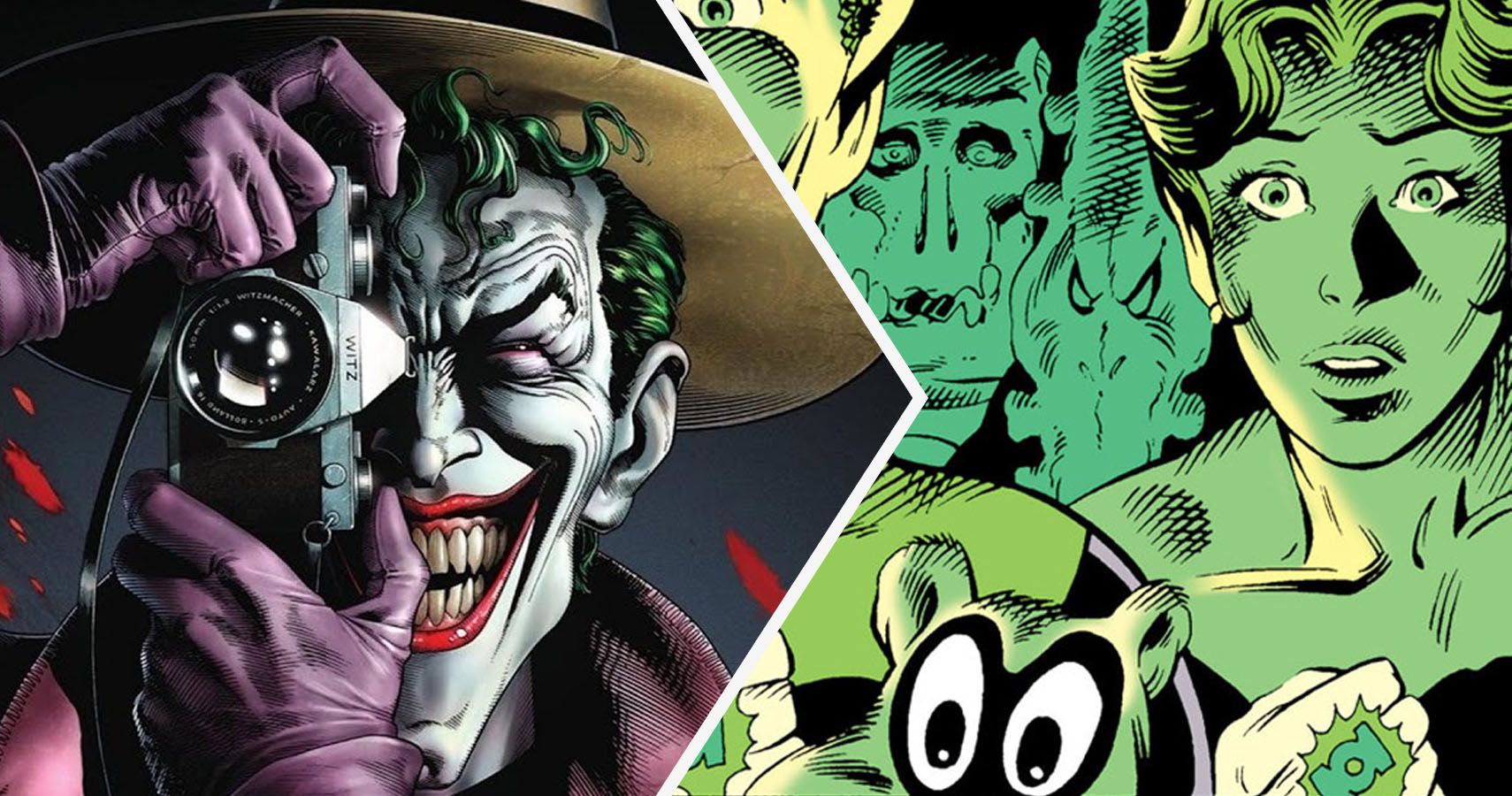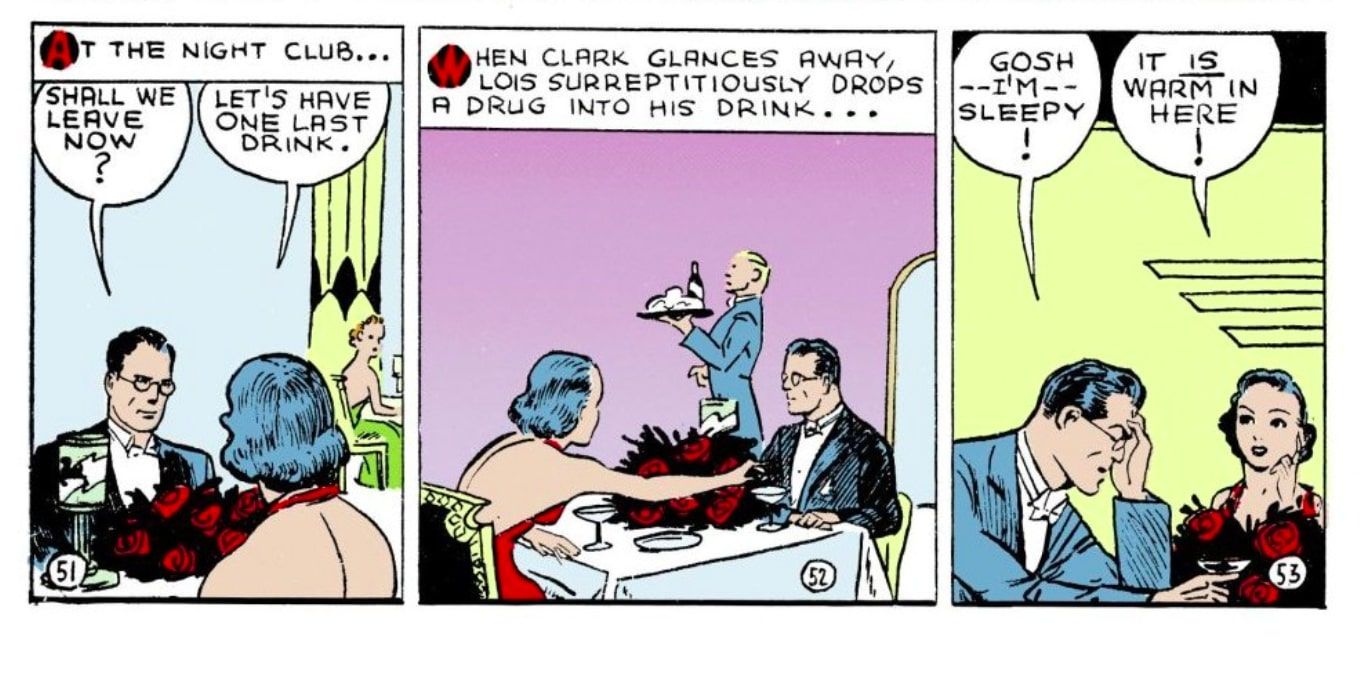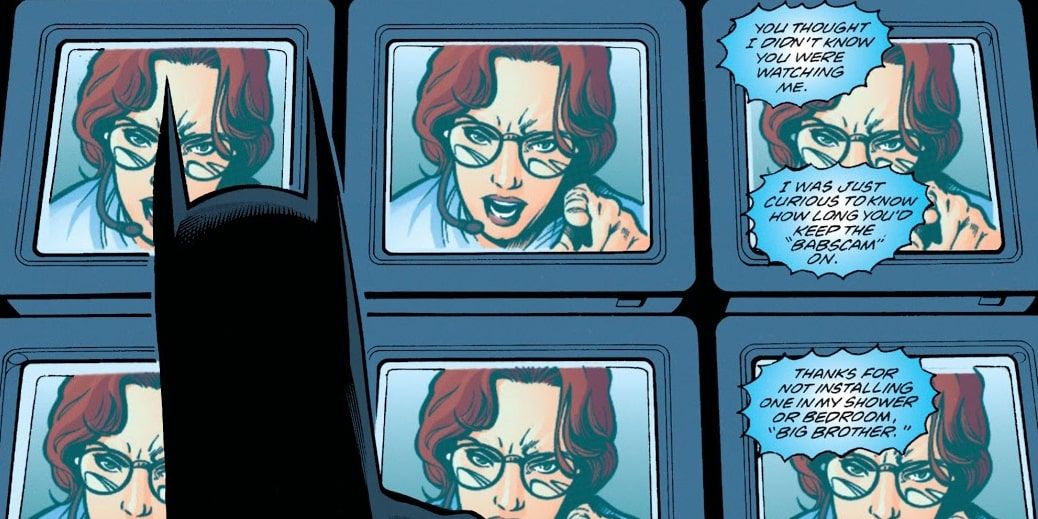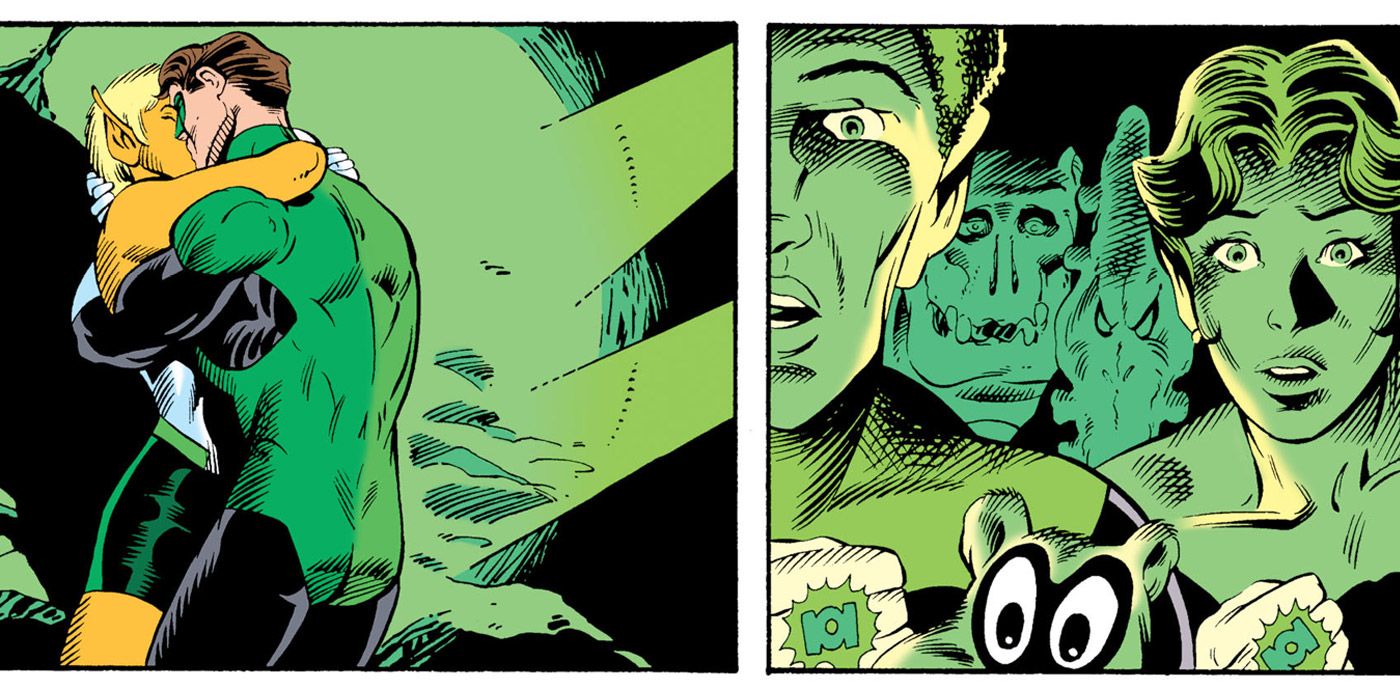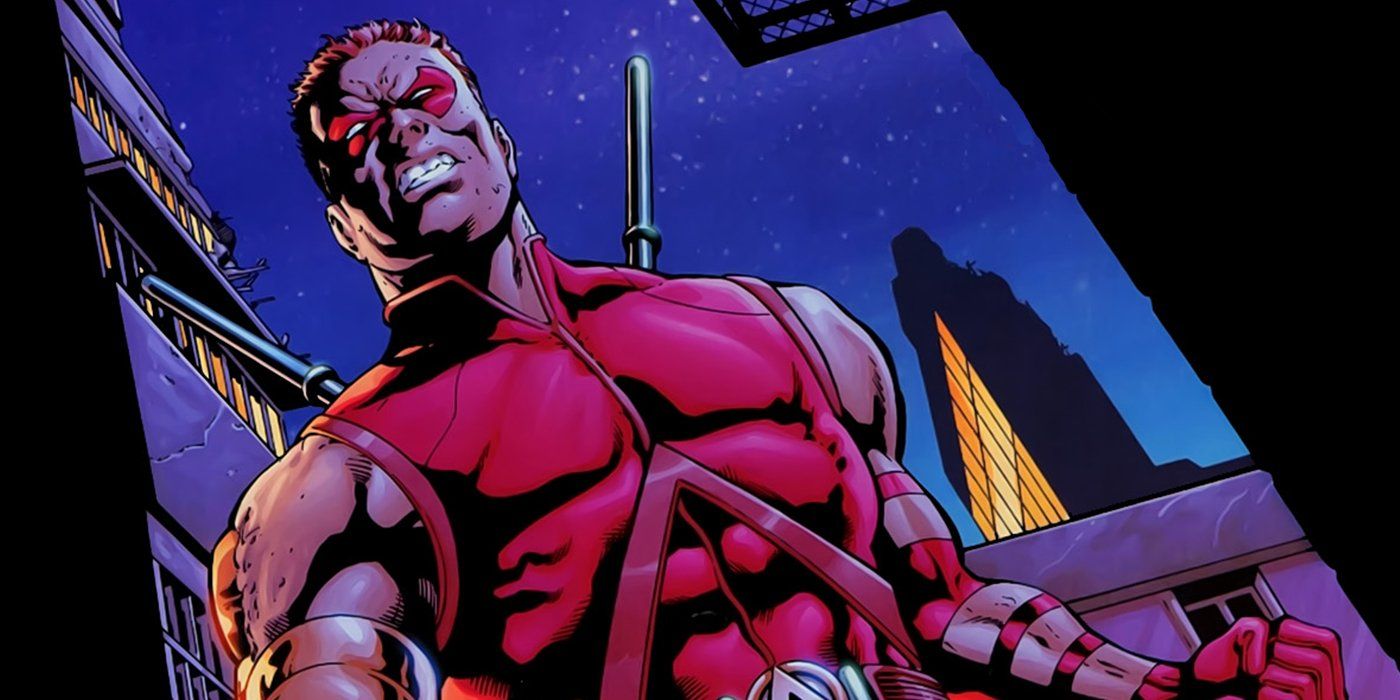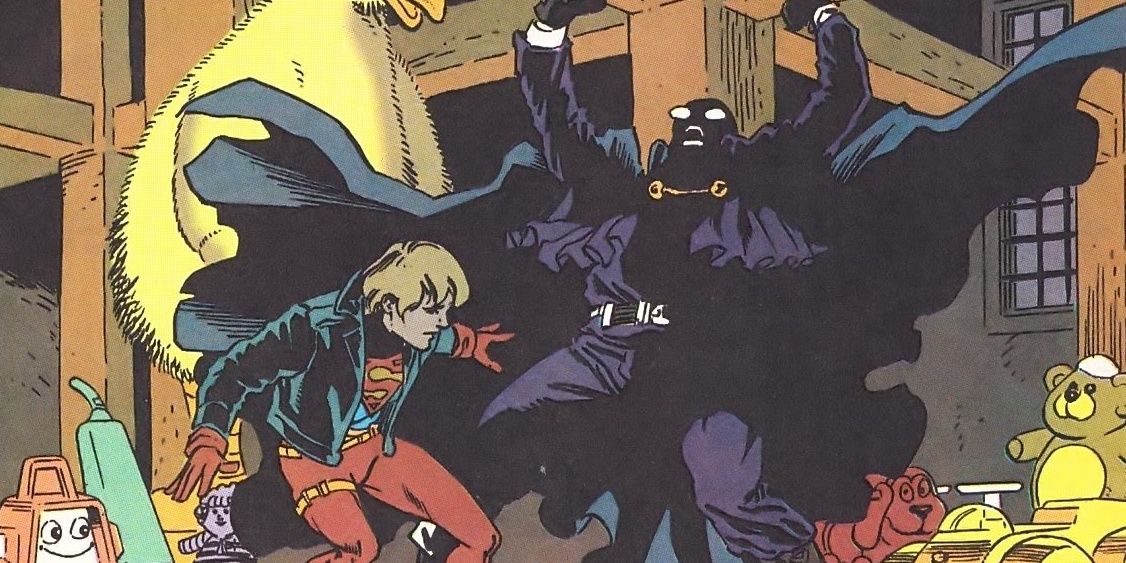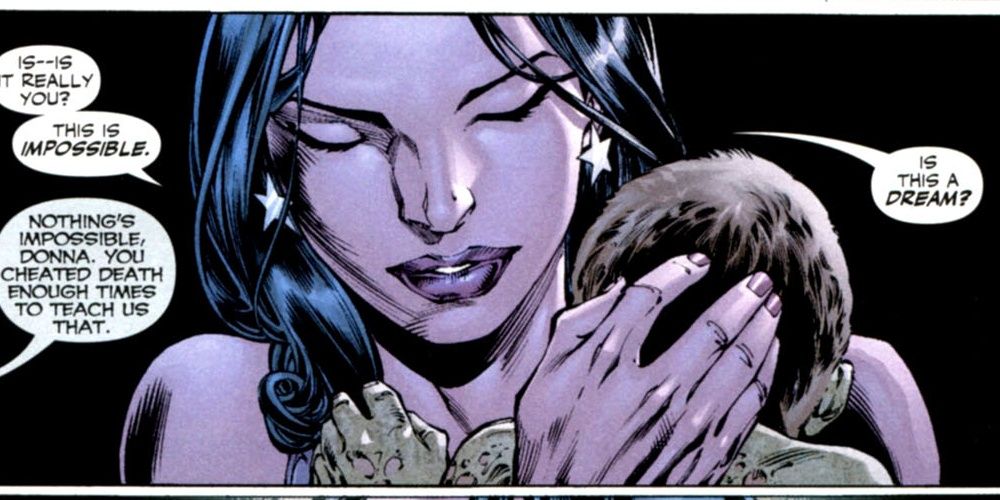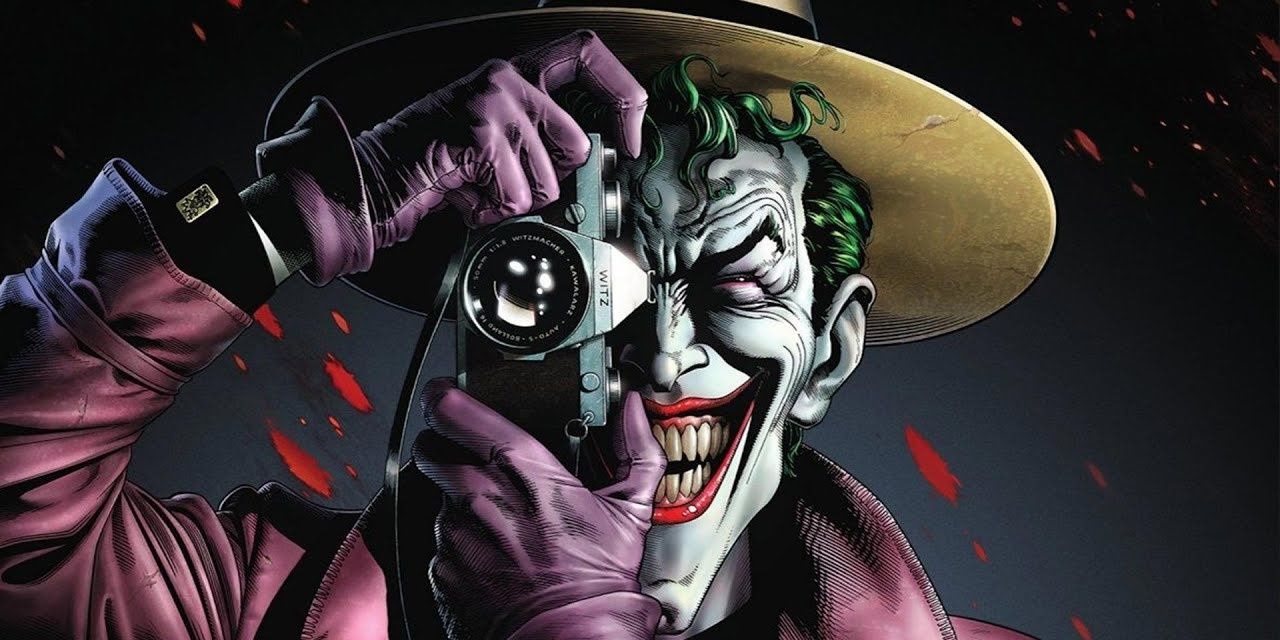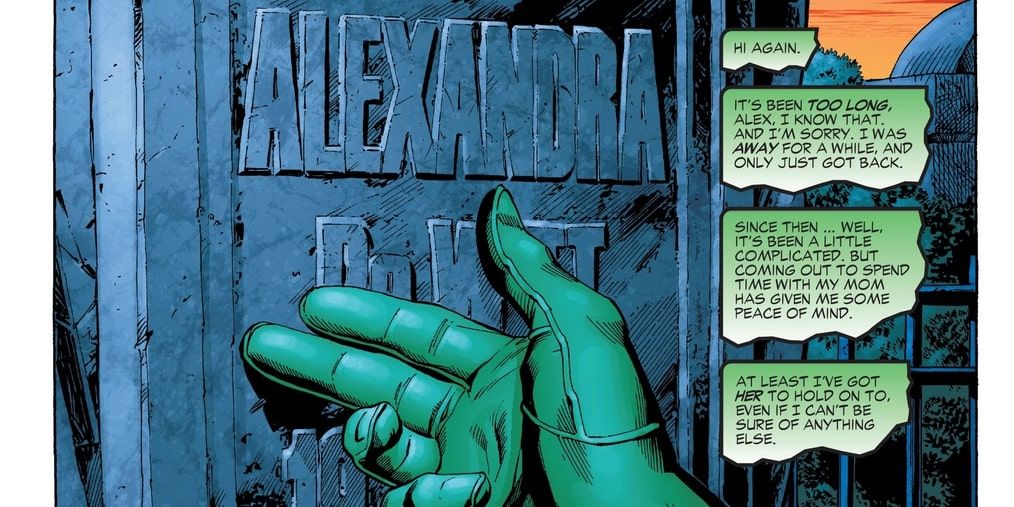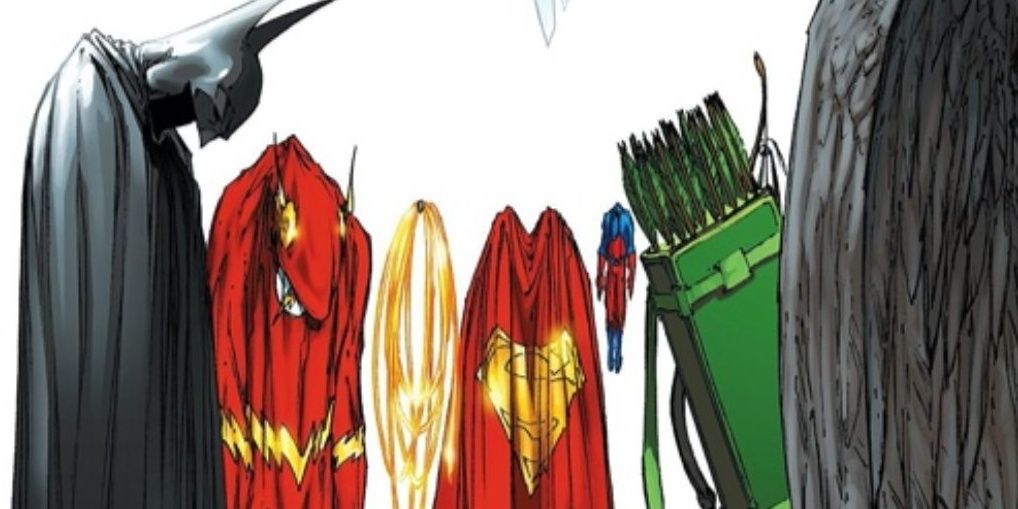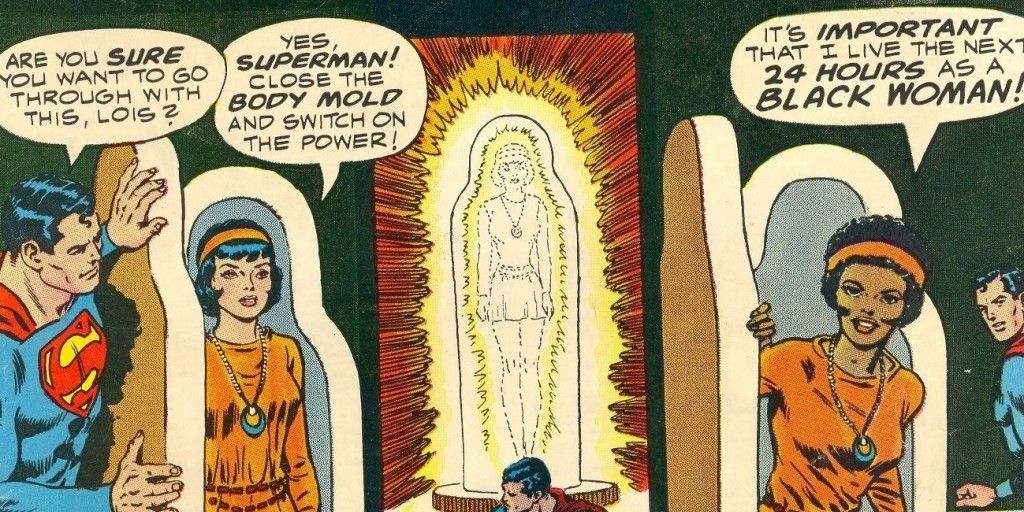During its 86 years of publication, DC Comics has produced no small amount of comic book classics… and a few duds here and there.
It’s only natural, given the sheer number of comics DC has published over the decades, that not everyone turns out a winner. Some beloved storylines have become dated by modern standards—a natural byproduct of changing times—while certain others were considered ill conceived from the get-go. In a time where social norms are in particularly heavy flux, it’s worth revisiting a few storylines that might not get the green light today, at least not without alterations.
10 Lois Lane Drugging Clark Kent To Steal His Story
The Golden Age Lois Lane certainly had the strong will of her modern-day self, but was still a little "of her time." In Action Comics #6, Lois overheard Clark Kent being offered the chance to interview Superman by a man claiming to be the Man of Steel’s manager. Eager to snag the interview, Lois feigned romantic interest in Clark, and the two went out to a nightclub. While Clark was distracted, Lois slipped a drug into Clark’s drink to knock him out. Clark played along, then secretly followed Lois to “her” interview, where she exposed “Superman” and his manager as frauds.
9 Oracle's Secret Observer
The early issues of the first Birds of Prey ongoing depicted Barbara Gordon being spied on via hidden cameras in her Gotham Clocktower base. After many issues of build-up, the spies were revealed to be none other than Batman and Alfred Pennyworth. While Alfred had felt increasingly uncomfortable about the secret surveillance, Batman reassured him it was only to make sure Barbara was doing well as Oracle.
Despite Batman’s intentions, his actions were still an enormous and inappropriate breach of privacy, which Barbara rightly called him out on when she revealed she’d known about the “Babscams” for some time.
8 Arisia’s Relationship With Hal Jordan (And Her Death)
A good chunk of Arisia Rrab’s early history is fairly iffy, especially by modern standards. For one, her subconscious artificially aged her 13-year-old body and mind to adulthood with her power ring because she wanted to date Hal Jordan— but as everyone from John Stewart to Hector Hammond pointed out, she still lacked the life experience of most adults. Similarly controversial was her being gruesomely strangled by Major Force.
A later Green Lantern story tried to smooth out these storylines, resurrecting Arisia and revealing that thirteen years on her home planet Graxos IV translated to 240 Earth years.
7 The Rise Of Arsenal
Justice League: Cry For Justice was a controversial mini-series, due to its gore and killing off Roy Harper’s daughter, Lian, as well as fan-favorite JLA villain Prometheus. Yet its spin-off, The Rise of Arsenal, drew even more ire due to the way it depicted Roy’s mental breakdown after learning about what happened to his daughter.
Having also lost an arm to Prometheus, Roy grew increasingly more distraught, even trying to choke Speedy (Mia Dearden) at Lian’s funeral. His bizarre behavior continued, including setting his house on fire and taking a form of heroin so potent, he mistook a deceased cat for his daughter.
6 The Murder Of Adam Grant
Supergirl’s Catherine “Cat” Grant was a prominent supporting character in the Superman titles during the ‘80s and ‘90s, portrayed as a friend and potential love interest for Clark Kent. In addition to being a reporter, Cat was also a single mother raising her son, Adam. Tragedy struck when the Toyman abducted Adam and several other children; when Adam tried to stage an escape, the Toyman punished him by slitting his throat. The story was of its time in many ways, from Toyman’s “grim’n gritty” reinvention, typical of the ‘90s, to its depiction of a young child being murdered.
5 Blackest Night: Titans
Blackest Night is generally regarded highly as a DC Comics series, as are its crossover tie-ins. However, the Blackest Night: Titans tie-in series featured a scene that caused great consternation: Donna Troy crushing the head of her undead baby boy, Robert, as he cried “Mommy.” As Donna said repeatedly during the scene, it wasn’t technically her child, but his corpse reanimated with a twisted version of Robbie's original personality. Though it was clear Donna took no pleasure in her actions, they were still stomach turning for several DC readers, and the moment is widely viewed as one of the most gruesome events of the crossover.
4 The Killing Joke
Alan Moore and Brian Bolland’s graphic novel is heralded for its layered writing and brilliant art, as well as for establishing the Joker’s inability to remember his past the same way twice. Yet one scene remains extremely contested: the Joker shooting Barbara Gordon’s spine and undressing her so he could torture James Gordon with the pictures.
While the horrific incident eventually led to Barbara’s reinvention as Oracle, many view it as an example of the Women in Refrigerators trope. Despite being otherwise generally well regarded, Moore himself has disavowed the entire story, meaning he likely wouldn’t write the comic today.
3 The Murder Of Alex DeWitt
The death of photographer Alex DeWitt at Major Force’s hands remains one of the most controversial moments in DC history. Alex had originally helped her ex-boyfriend, Kyle Rayner, learn to master the Green Lantern ring while taking pictures to boost both his fame and her photography career. The two reconciled, yet Major Force arrived at Alex’s apartment and choked her to death, then stuffed her body in her refrigerator for Kyle to find. Alex DeWitt’s murder led to future comics creator Gail Simone starting Women in Refrigerators, a web site listing the many female characters violently murdered in comics.
2 Identity Crisis
It was an undeniable sales success that impacted DC’s main line for months, and not without its strengths. Yet even during its original publication, Identity Crisis was extremely controversial, due to its depiction of beloved character Sue Dibny being murdered by Jean Loring and sexually assaulted by Doctor Light. Further drawing the ire of certain readers was the revelation that several Justice Leaguers had mystically mind-wiped and lobotomized super-villains for years, along with a few heroes, like Batman. Fans also took issue with Jean Loring’s claim that she’d murdered Sue accidentally, as Jean had brought a flamethrower to dispose of Sue’s body “just in case.”
1 Lois' Ill-Conceived Transformation
In Superman’s Girl Friend, Lois Lane #106, Lois, who was struggling to get quotes from Black interviewees about Metropolis’ “Little Africa” neighborhood, had Superman transform her body so she could pretend to be a Black woman for 24 hours, hoping it would win the trust of Little Africa’s Black residents. During that time, however, Lois began to be treated differently by other white people due to her new appearance. While the story attempted to show the different realities white and Black people face, it had too many problems regarding racial sensitivity, with its central premise being the chief offender.

